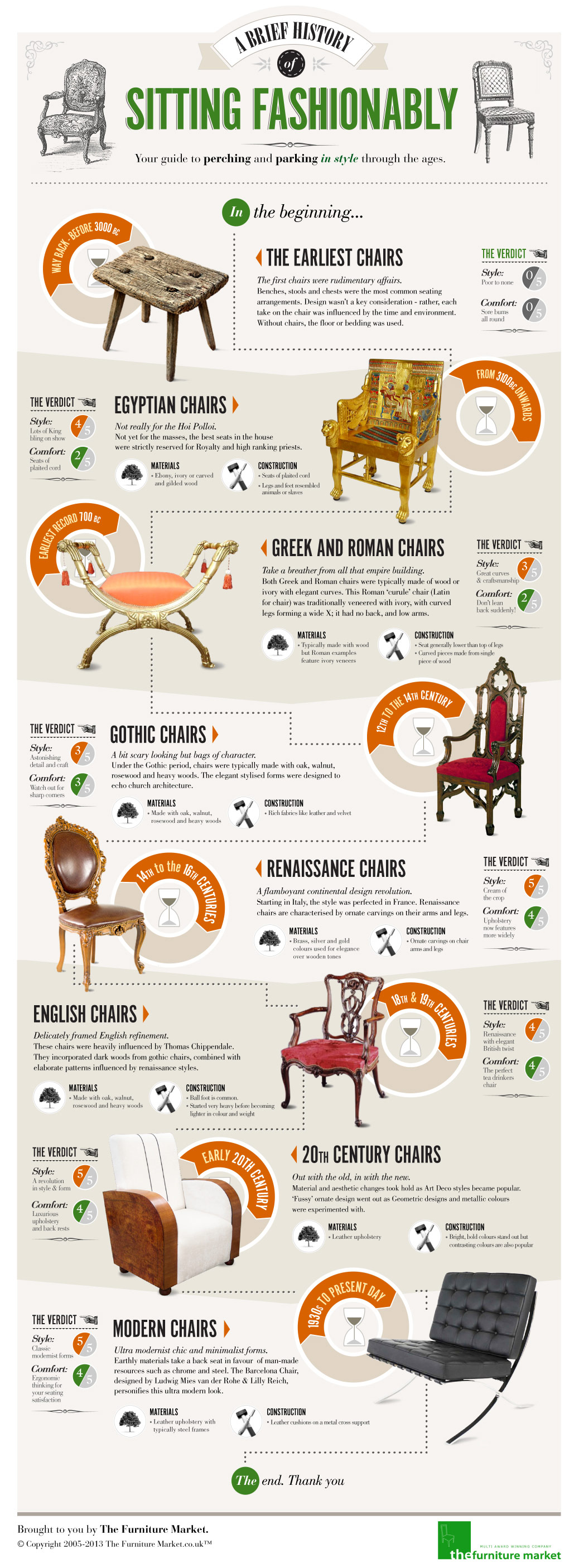Delve Into The Fascinating Odyssey Of Reconditioning Historic Cupboards, Uncovering Surprise Stories And Translating The Enigmas Of Previous Generations
Delve Into The Fascinating Odyssey Of Reconditioning Historic Cupboards, Uncovering Surprise Stories And Translating The Enigmas Of Previous Generations
Blog Article
Created By-Cunningham Lyons
To start the trip of bring back antique closets, you need a keen eye for information. Visualize revealing surprise keys within each layer of history embedded in the wood. Picture the complete satisfaction of revitalizing a once-forgotten piece to its former magnificence. Every step of this careful procedure holds the key to preserving the past while creating a future antique. So, are you prepared to start this transformative endeavor and unlock the potential of your antique closets?
Assessing the Cupboard's Condition
When beginning the remediation procedure, beginning by examining the condition of the antique cabinet. Carefully check out the general structure for any kind of indications of damage such as splits, chips, or loosened joints. Inspect the timber for any kind of rot, warping, or insect infestation that may have occurred in time. It's crucial to determine the level of the repair required before continuing even more.
Next off, examine the cabinet's equipment such as joints, handles, and locks. Make note of any kind of missing pieces or parts that need fixing or substitute. Make certain that all equipment is operating appropriately and safely affixed to the cupboard.
Additionally, evaluate the cabinet's finish. Search for any type of scratches, spots, or discoloration that might influence the aesthetic appeal. Identify if the surface needs to be stripped and reapplied or if an easy touch-up will suffice.
Gathering the Necessary Devices and Materials
After assessing the problem of the antique cupboard, the next step is to gather the required tools and materials for the restoration procedure. Before you start, guarantee you have the complying with items available:
- wood cleaner
- sandpaper in numerous grits
- timber filler
- paint or timber discolor
- brushes
- gloves
- security goggles
- a dust mask
- a drop cloth
- a putty knife
- a hammer
- a screwdriver
- a vacuum
These devices and materials are crucial for an effective reconstruction.
Wood cleaner is crucial for removing years of dust and crud buildup, preparing the surface area for fining sand. Sandpaper of various grits assists in smoothing out imperfections and preparing the wood for a brand-new finish. Timber filler comes in handy for fixing any kind of cracks, openings, or dents present in the cabinet.
Paint or wood discolor, together with brushes, allow you to customize the cupboard to your preference. Keep in mind to use handwear covers, security goggles, and a dirt mask for protection. Set a ground cloth to shield your work area, and make use of a vacuum cleaner to tidy up any particles.
With these tools and products collected, you prepare to start the reconstruction process.
Executing the Restoration Process
To efficiently carry out the repair process on your antique closet, start by thoroughly cleaning the surface area with the timber cleaner. This action is crucial as it assists get rid of years of dirt, crud, and old polish that may have built up externally.
When the cupboard is tidy and completely dry, assess the condition of the wood. Look for any cracks, scrapes, or other damages that need to be addressed. Usage wood filler to repair any imperfections, ensuring to match the filler color to the timber tone for a seamless coating.
After the repairs have actually dried, delicately sand the whole surface area to produce a smooth and even base for the brand-new finish. Beware not to sand too aggressively, as you do not intend to harm the wood beneath.
As soon as the sanding is total, apply a timber tarnish or finish of your option, complying with the maker's directions. Allow the coating to dry totally before using a safety top layer to ensure the durability of your recovered antique cupboard.
Verdict
Since you have actually completed the repair procedure, your antique closet looks just as good as new.
By complying with the step-by-step guide, you had the ability to examine, fix, and improve its condition effortlessly.
With read this post here and protective leading coat, your valued item will continue to shine for several years to come.
Appreciate how much do bathroom renovations cost of your recovered antique cabinet!
